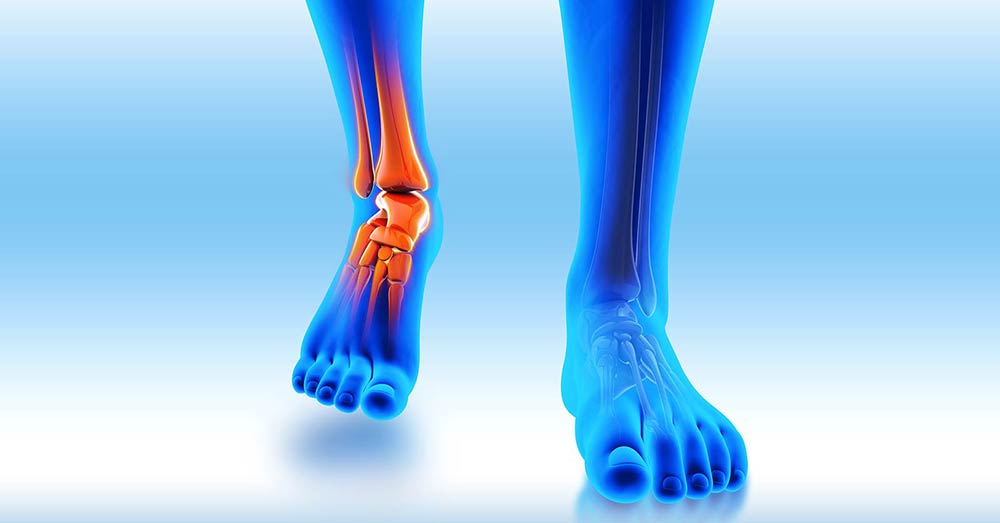Contact us today for a consultation with one of our physicians.

Haglund’s deformity is a bony enlargement on the back of the heel bone that most often leads to painful bursitis (inflammation of the fluid-filled sac between the tendon and the bone). When the heel becomes inflamed, calcium can build up in the heel bone making the bump larger and increasing your pain. Haglund’s deformity is sometimes referred as “pump bump” because it often occurs in women who wear pumps, and it’s most common in people who wear stiff, closed-heel shoes. Your risk of developing Haglund’s deformity depends on the shape of your heel bone and sometimes patients with a Haglund’s deformity may or may not have pain.
Haglund’s deformity can occur in one or both feet. The symptoms may include:
Your doctor will begin by carefully examining your feet. Haglund’s deformity can be difficult to diagnose, due to the symptoms being similar to Achilles tendonitis. Diagnosis of this condition is based on the appearance of your heel. X-rays may be ordered to get a good look at the structure of your feet. This will help your doctor determine whether you have the prominent heel bone associated with the disease. The X-rays may also help your doctor create orthotics (customized shoe inserts made to stabilize your foot) to relieve your heel pain).
Both surgical and non-surgical treatments are available to relieve the pain associated with Haglund’s deformity.
Non-surgical treatment of Haglund’s deformity is aimed at reducing the inflammation of the bursa. While these approaches can resolve the bursitis, they will not shrink the bony protrusion. Non-surgical options include:
If none of the non-surgical methods provide adequate relief, your podiatrist may recommend surgery to correct the deformity. The surgery should be performed on an out-patient basis with the use of either a local or general anesthesia. During surgery, your doctor will remove the excess bone from your heel. The bone may also be smoothed and filed down.
After surgery, it will take up to 8 weeks for you to completely heal. A boot or a cast will be applied to protect your foot. You may also need to use crutches for a few days. After two weeks, stitches will be removed and X-rays of your foot will be taken on your follow-up visits to ensure that it’s healing properly
For more information about the foot conditions we can treat in the Los Angeles and Beverly Hills, CA area, including bunions, hammertoe and Morton's neuroma, please contact us at 855-SOMA-844 (855-766-2844).